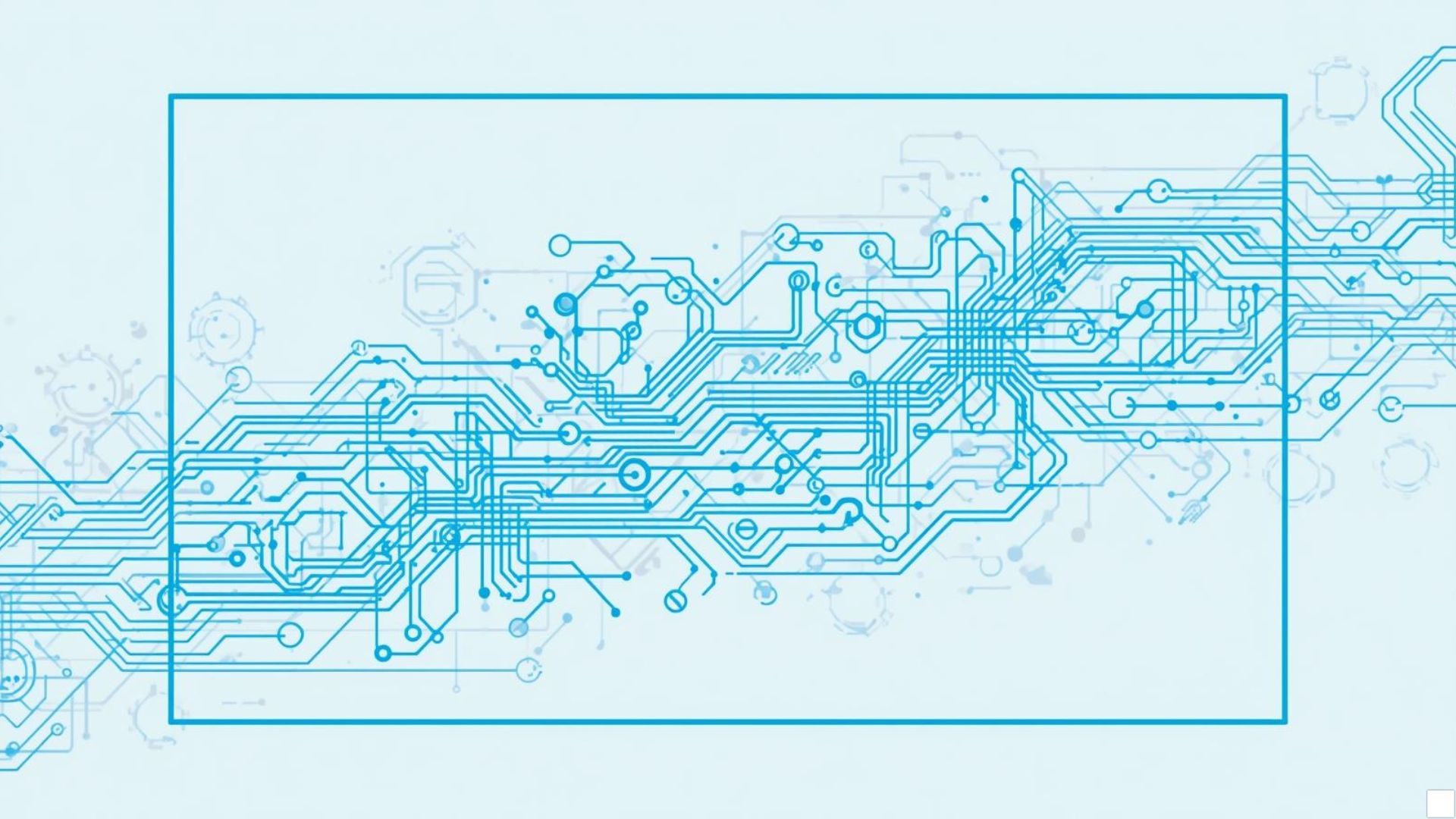The New Automation Stack: Workflow + AI + Data Fabric
By Appbay Technologies — Enterprise Automation Thought Leadership Series
For decades, automation was defined by workflow speed — how quickly a process could move from one step to another. But in 2025 and beyond, the question is no longer “How fast can we move?”
It’s “How intelligently can we decide, adapt, and act?”
That’s the essence of the new automation stack — a convergence of three foundational forces:
Workflow + AI + Data Fabric.
This isn’t just an incremental upgrade to BPM or RPA.
It’s a fundamental shift in how organizations build, automate, and evolve at scale — an architectural revolution shaping the next decade of enterprise transformation.
From Linear Workflows to Intelligent Systems
Traditional automation platforms like BPM or RPA were designed for stability.
They could automate predictable, rule-based tasks — but they couldn’t adapt when business conditions changed.
The challenge today is that enterprises operate in dynamic environments:
- Customer behaviors shift in hours, not quarters.
- Regulations evolve faster than change management cycles.
- Market pressures demand real-time response, not quarterly plans.
Static workflows simply can’t keep up.
Enterprises now need systems that learn, reason, and respond dynamically — not just move tasks faster.
That’s where the new automation stack enters the picture.
The Three Forces Powering the New Automation Stack
1. Workflow: The Orchestration Layer
Workflow remains the foundation — the connective tissue of the enterprise.
It ties together people, systems, and actions into a unified logic of operation.
But modern workflow engines like Appian have evolved from rule-based execution to context-aware orchestration.
They don’t just execute predefined steps — they adapt to live data, trigger AI models, and manage complex decisions dynamically.
A workflow isn’t just a process anymore.
It’s an intelligent conductor — continuously optimizing the flow of work across the enterprise.
2.AI: The Decision Layer
Automation used to be about doing repetitive work faster.
Now, it’s about doing intelligent work automatically.
AI brings reasoning and context into every decision point.
With embedded AI, workflows can:
- Detect anomalies, predict outcomes, and suggest next actions.
- Summarize, classify, and prioritize information automatically.
- Balance risk and compliance in real time.
In Appian’s model, AI is native — not bolted on.
It transforms workflows into decision systems that continuously learn and improve.
AI no longer supports automation — it drives it.
3.Data Fabric: The Context Layer
The most sophisticated workflow and AI systems fail if they don’t have the right data — at the right time.
That’s why the data fabric has emerged as the third pillar of the new automation stack.
Instead of relying on slow integrations and ETL pipelines, Appian’s Data Fabric allows workflows and AI models to access live data from multiple systems instantly — ERP, CRM, cloud, legacy, external APIs — all without duplication.
This unified, virtual data layer ensures every process and model operates with real-time context and full traceability.
The result:
A single source of truth, a consistent data model, and an enterprise that acts as fast as it learns.
Why This Stack Matters for CIOs and Digital Leaders
CIOs have spent years modernizing systems and migrating to the cloud.
But modernization without intelligence orchestration creates a new kind of fragmentation — faster, but still disconnected.
The new automation stack solves that.
It unifies three layers — workflow, intelligence, and data — into one cohesive platform architecture.
Key outcomes for CIOs:
- Real-time decisioning: Actions triggered automatically from live data signals.
- Audit-ready governance: Transparent, explainable AI within every process.
- Agile adaptability: Business logic updated in days, not months.
- Cross-system orchestration: Unified control across cloud, SaaS, and legacy.
- Faster innovation: Launching intelligent processes 5–10× faster than custom code.
Automation is no longer a project — it’s a strategic capability embedded across every department, every workflow, every decision.
Beyond BPM and RPA: The Next Automation Era
The first generation of BPM focused on process control.
RPA focused on task automation.
AI focuses on intelligent decisioning.
Data Fabric focuses on real-time context.
Together, they form the New Automation Stack — an intelligent architecture that unites data, intelligence, and execution.
This evolution means enterprises no longer automate tasks — they automate thinking.
They don’t just digitize work — they orchestrate intelligence.
As CIOs look to 2025 and beyond, the winners will be those who can:
- Sense change instantly.
- Decide intelligently.
- Act automatically.
That is the competitive architecture of the next decade.
Final Thought: The Architecture of Intelligence
The automation stack of yesterday moved work.
The automation stack of tomorrow understands work.
Workflow gives structure.
AI gives judgment.
Data Fabric gives context.
Together, they form a self-learning, adaptive automation architecture — the foundation of intelligent enterprises.
And platforms like Appian sit at the heart of this shift — uniting process orchestration, AI decisioning, and data context into one cohesive fabric of intelligence.
The future isn’t about faster workflows.
It’s about smarter systems — powered by the new automation stack.




